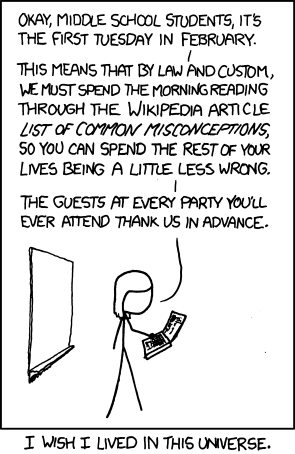Even with the discussion section, there are ideas or questions too short or inchoate to be worth a post.
This thread is for the discussion of Less Wrong topics that have not appeared in recent posts. If a discussion gets unwieldy, celebrate by turning it into a top-level post.

This seems like a good audience to solve a tip-of-my-brain problem. I read something in the last year about subconscious mirroring of gestures during conversation. The discussion was about a researcher filming a family (mother, father, child) having a conversation, and analyzing a 3 second clip in slow motion for several months. The researcher noted an almost instantaneous mirroring of the speaker's micro-gestures in the listeners.
I think that I've tracked the original researcher down to Jay Haley, though unfortunately the articles are behind a pay wall: http://onlinelibrary.wiley.com/doi/10.1111/j.1545-5300.1964.00041.x/abstract
What I can't remember is who I was reading that referenced it. It was likely to be someone like Malcolm Gladwell or Jared Diamond. Does this strike a chord with anyone?
[For context, I was interested in understanding repeatable thought patterns that span two or more people. I've noticed that I have repeated sequences of thoughts, emotions, and states of mind, each reliable triggering the next. I've considered my identity at any point to be approximately the set of those repeated patterns. I think that when I'm in a relationship, I develop new sequences of thought/emotion that span my partner's mind and my own - each state may be dependent on a preceding state in its own or the other mind. I'm wanting to understand the modalities by which a state in one mind could consistantly trigger a state in the other mind, how that ties in to those twins with conjoined brains, and if that implies a meaningful overlap in consciousness between myself and my wife.]
I'm not sure where you saw that reference, but I do know that there has been a fair amount of research on nonverbal mirroring, which is typically called "mimicry" (that's the keyword I'd search for). Tanya Chartrand is one of the main researchers doing this work; here is her CV (pdf) which lists her published work (most of the relevant ones have "mimicry" in the title). Her 1999 paper with John Bargh (pdf) is probably the most prominent paper on the topic, and here (pdf) is a more recent paper which I picked because it's available for... (read more)